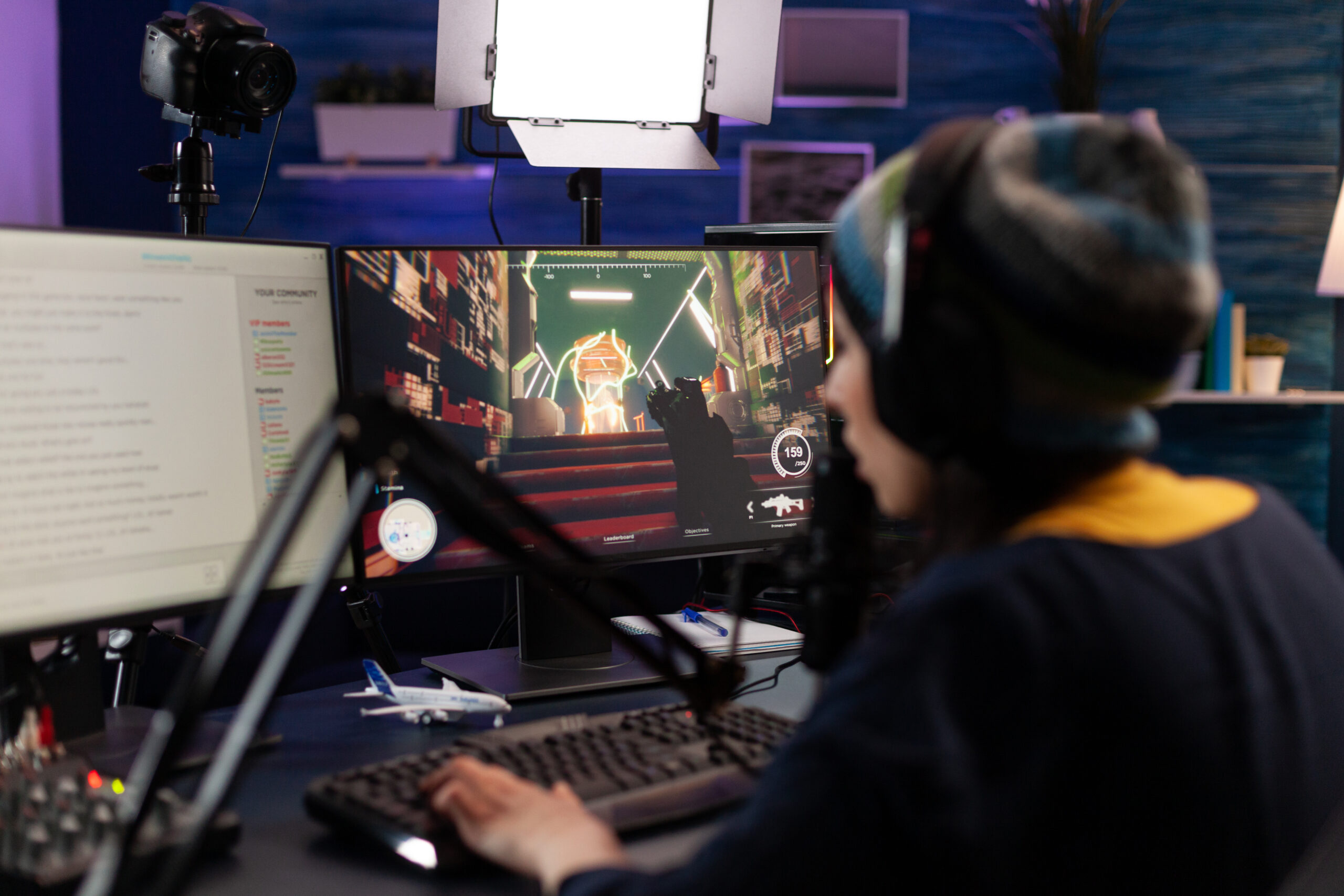After the first generation of 3-D graphics based on sprites, the second generation of 3-D games came where they replaced the whole idea of sprites with actual 3-D objects, which are way more complex than simple sprites.
If you are interested in learning more about this revolutionary technology, especially in gaming, this ratyicle will give you a lot of detailed information.
Vertices as the basis for 3-D objects
How a true 3-D object is composed with a bunch of points called vertices. Each of these vertices has a set X, Y and Z position in the world of 3-D. The computer then track all the vertices of every 3-D object in the 3-D world which includes the one you still haven’t seen or met. A 3-D object can be at any state in a 3-D world, such, a 3-D object may be motionless, have animation, moving and so on. Then this calculation process is called Transformation and no wonder, it is heavy lifting work for the CPUs. Both Intel and AMD’s SIMD, SSE etc. Processor extensions help out in these calculation and transformation super fast.
Filling 3-D objects
When the CPU got all the vertices calculated the system would begin to fill in the 3-D objects. The process generally begins by laying out lines first which is called edges between vertices to construct the 3-D object from multiple triangles. Why necessarily triangles, there are lot of reason and the top one is triangles provide mathematical precision here. All 3-D shapes rely on triangles to connect these vertices. The whole process is then grouped together into various shapes called polygons.
Formerly, CPU handled all of these calculations by itself to create all of these shapes. Later down the road in 1999 when GeForce 256 was introduced, the transformation process was split and taken away the heavy lifting from the CPU itself into the video card, with accelerated 3-D performance.
Texturing
The very last step in the second generation games was the texturing. Every 3-D game has number of image files called Textures. The process from the polygons goes to texturing and the program is given a surface. Texture provides fantastic details without the need of triangles. A single object could take one or multiple textures, which is applied to a single or group of triangles.
The authentic 3-D objects spread out the demand for more powerful video cards and wider data bus. Intel’s top motivation to create AGP was to provide a giant pipe for massive data pumping in and out of the video card and CPU.

